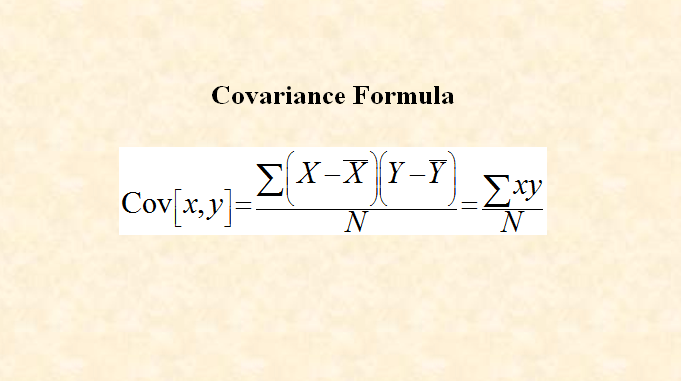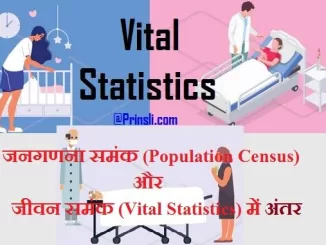
Main Objectives of Classification of Data in Statistics:
The following are the main objectives or purposes of statistical data classification:
1. It helps in the presentation of data in a concise manner. As a result, data analysis becomes more convenient.
2. It gives priority to the prominent and important data while segregating the optional and unnecessary elements.
3. It allows for easy comparison with a large volume of data.
4. It helps to visualize the data and make inferences.
5. It makes it easier to compare data and draw inferences from it. For instance, if students in any course in a university are sorted by gender, the results can be compared.
6. It makes data more understandable by simplifying it.
7. It eliminates unnecessary details and extraneous elements as well as complexity.
8. It compresses the data. It compresses raw data to a format suited for statistical analysis. That is, it condenses a large amount of data in a form that is easy to understand.
9. It quickly highlights the data’s most important properties and features.
10. In statistics, data classification aids in the grouping of data into multiple subheads. This method highlights the unique characteristics of each data and aids in its better study and analysis.
11. It allows a statistical analysis of the materials collected. In other words, it assists in statistical analysis by grouping elements of data collected into homogenous groups, i.e. it helps in the statistical treatment of data.
12. It highlights the points of similarity and dissimilarity (difference).
Classification draws out the similarities between different collections of data, making it more useful.
13. It organises a large amount of data so that similarities and dissimilarities may be rapidly identified. As a result, figures can be grouped into sections based on common characteristics.
14. It shows the link between cause and effect. It gives information on the interrelationships between data set elements. For example, depending on a group’s literacy and criminal tendency, it may be determined whether literacy has any effect on the criminal tendency.
15. Classification is a scientific process with a track record of success. As a result, this procedure improves the reliability of a data set.
16. One of the main objectives of the classification of data is to make it more appealing and valuable to present.
17. It prepares the data so that it may be tabulated.
Read Also:
- Classification of Data: Introduction, Definition, Meaning, Cross-Classification
- Functions of Classification of Data
- Steps to an Effective and Successful Data Classification
- Types of Classification
- Principle of Data Classification
- Guidelines for Data Classification
- Uses of Classification of Data
(Source – Various books of college library)
Copyrighted Material © 2019 - 2024 Prinsli.com - All rights reserved
All content on this website is copyrighted. It is prohibited to copy, publish or distribute the content and images of this website through any website, book, newspaper, software, videos, YouTube Channel or any other medium without written permission. You are not authorized to alter, obscure or remove any proprietary information, copyright or logo from this Website in any way. If any of these rules are violated, it will be strongly protested and legal action will be taken.





Be the first to comment